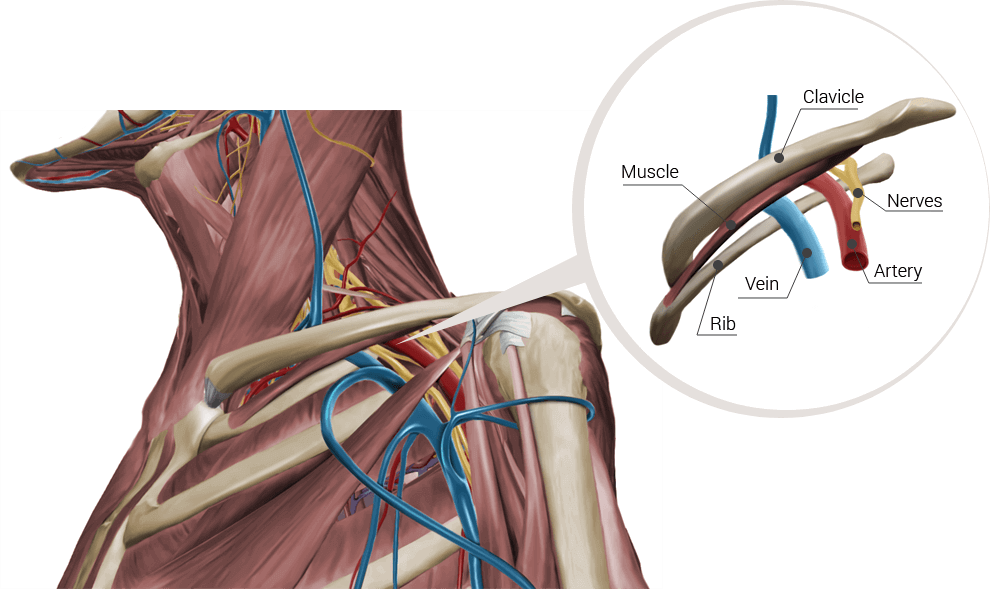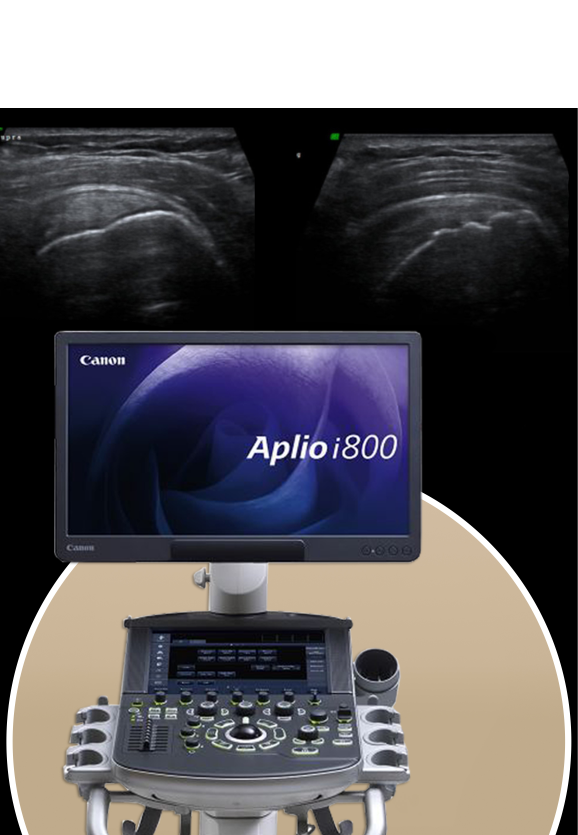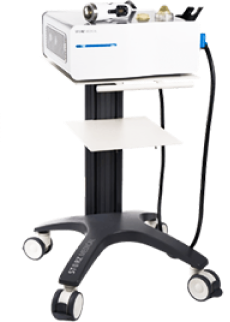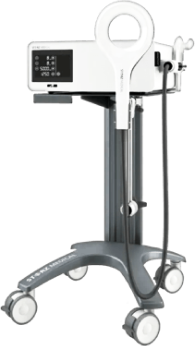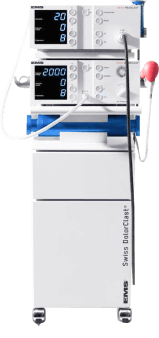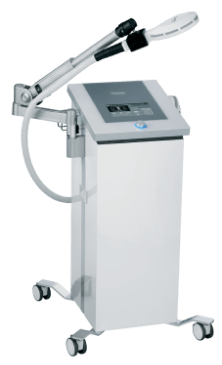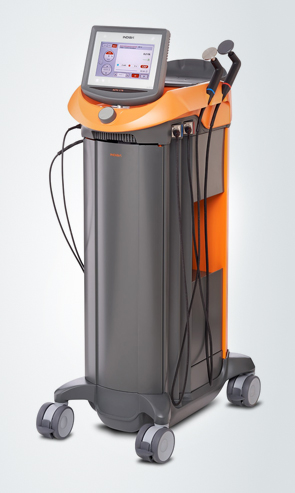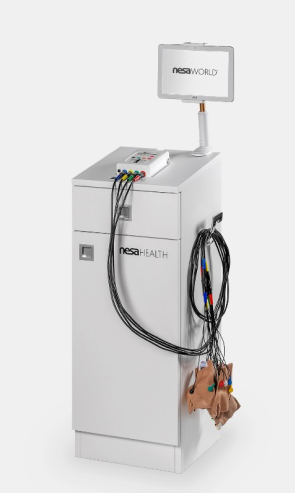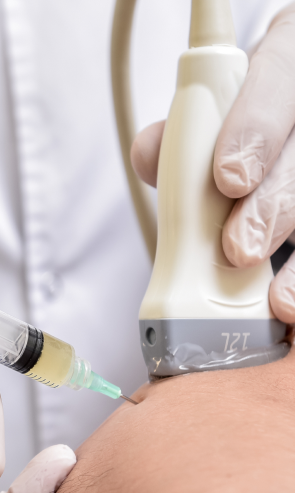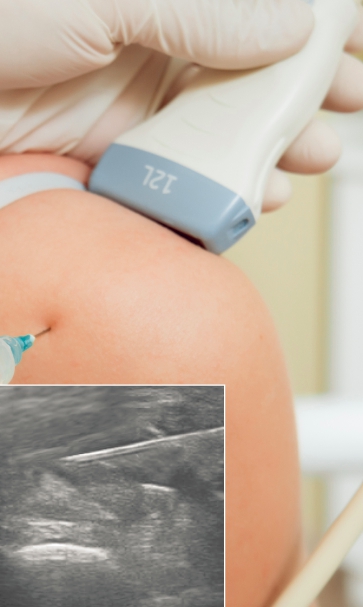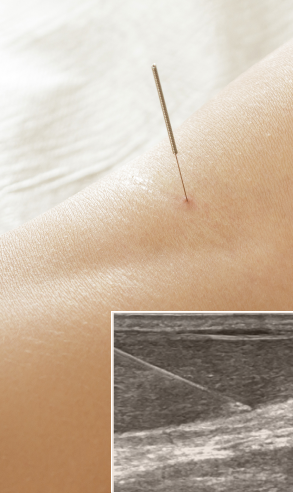The area surrounding the neck and shoulder region is made up of a complex network of muscles, connective tissue, bones and nerves that affect both your brain and your body. Because of the region’s complexity, many musculoskeletal issues can arise that share similar symptoms with related conditions. When diagnosis is based on symptoms alone, inappropriate treatment may be prescribed that does more harm than good, costing you time and money while prolonging your pain.
At NYDNRehab, we use the most advanced diagnostic equipment and gold-standard assessments to accurately diagnose your condition. Our state-of-the-art clinic is equipped with some of the most advanced technologies available in rehabilitative medicine to treat your condition and accelerate your recovery.
Our one-on-one personalized approach to patient care sets us apart from average physical therapy clinics that rely on generic templates and timelines, and old-school approaches to physical therapy. To get the best results in the least amount of time, contact NYDNRehab today, and get back to pain-free movement.



